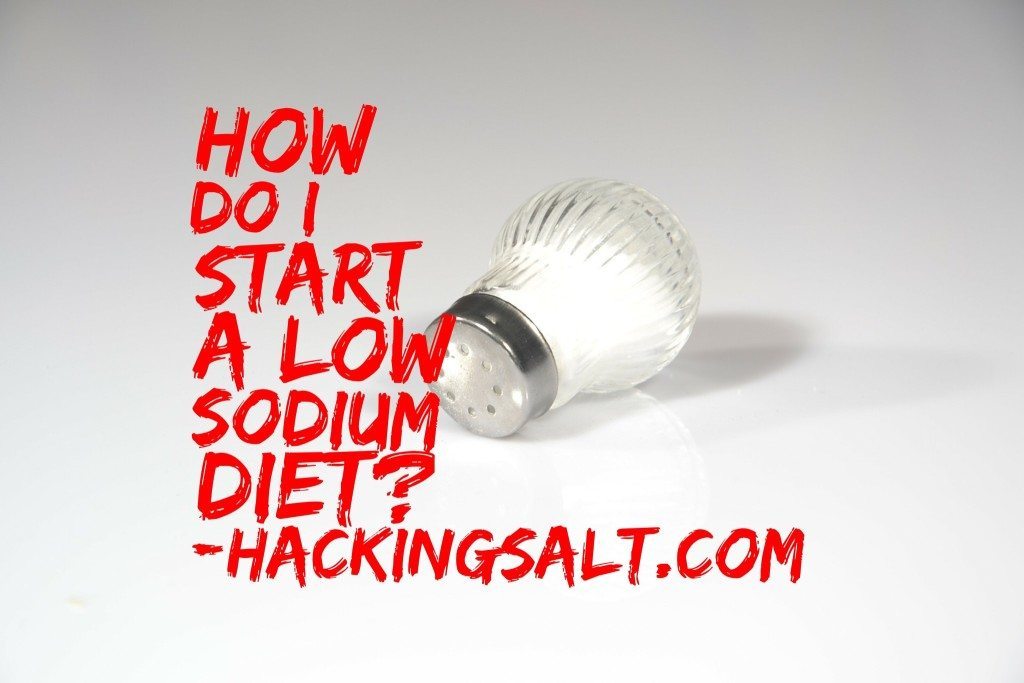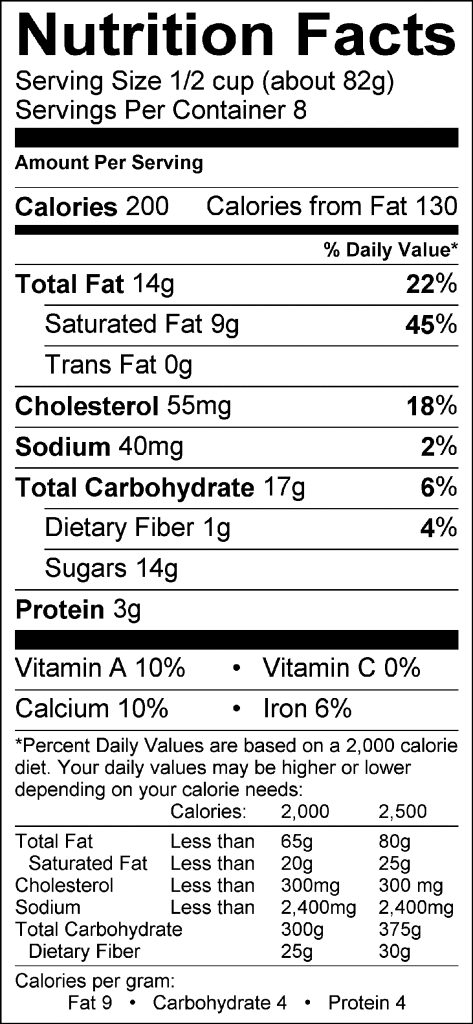How Do I Start A Low Sodium Diet
If you are reading this, you more than likely have been told for health reasons you need to reduce the amount of sodium in your diet. Maybe you have been diagnosed with one of the many conditions where you would benefit from low sodium such as; high blood pressure, hypertension, heart disease, kidney disease, liver disease, Meniere’s disease, or another condition. You may have been surprised, you may be in shock or denial, but now you are asking yourself how do I start a low sodium diet? Well, I’m here to help.
My own journey to low sodium began with heart disease and high blood pressure. High blood pressure is a major precursor of heart disease. According to the American Heart Association: Heart disease is the number one leading cause of death in developed countries. High blood pressure is the leading risk factor of women’s deaths in the U.S., and the second leading risk factor for death for men. One-third of American adults have high blood pressure. And 90 percent of American adults are expected to develop high blood pressure over their lifetimes. This is costing us, not only in lives, but in money as well. According to Harvard Health Publications; “in this era of rapidly rising healthcare costs, it’s important to note that cutting down on salt would save us up to $24 billion a year.”
Salt is an essential part of our physical make-up. It is an electrolyte that allows our bodies to function. Sodium balances the body’s fluid levels, allows for the transmission of signals from nerves, aids our muscles in movement, and helps with digestion. But like all the other electrolytes in our bodies it must be maintained within a certain healthy level. Extreme low Sodium is as dangerous as extremely high sodium. You need to find out what limits and levels those are for you. To do that, you need to consult your physician.
Consult Your Physician to find out your Sodium Limits.
If your doctor has requested or told you to begin to control and reduce your sodium levels, he or she more than likely told you a daily limit of grams or milligrams of sodium to shoot for. If not, you must find this out prior to beginning your low sodium diet. The USDA recommends 2300 mg a day for a healthy person without high blood pressure or heart disease. The AHA is for 1500 mg a day. Recently the Mayo Clinic also echoed 1500 mg of sodium a day for all Americans age 51 and above. The big problem is that most Americans on a daily basis consume 3000 to 6000 milligrams of sodium on a daily basis.
“OK. I can do that.” You say, but what does that really look like? You’d be surprised how little that is. 1500 mg of sodium is equal to 3/4 teaspoon of salt. less than 1 teaspoon. “Oh, but I am good, I rarely use the salt shaker on my food,” you proclaim. Sadly, most sodium we consume is contained in the processed foods we eat. It is in baked goods, cheese, deli meats, sauces, and just about anything else we put in our mouths. You will need to discover some new skills to succeed at the low sodium life; reading labels and cooking will be the two most beneficial skills you can acquire and improve.
Learning to read labels.
Grocery shopping may take a lot longer than you are used to when you start a low sodium diet. You will need to check the labels of every item you will add to your cart. You will need to understand that the sodium count is important, but it is mare important as to how many servings, and how big are those servings according to the label. I have a whole post for you on how to read food labels. Go check it out and then come back, I’ll wait right here. Most labels are on the back, bottom, or side of the label. Typically the info is not right on the front, but on the front you might find some language that can trick you into thinking something is low sodium.
The U.S. Food and Drug Administration (FDA), and U.S. Department of Agriculture (USDA) both have strict guidelines for manufacturers to follow when labeling “healthy” foods. According to their regulations and guidelines, food cannot be labeled as “healthy” if it has “more than 480 mg of sodium per labeled serving (for individual foods) or more than 600 mg of sodium per labeled serving for meals/main dishes”.
Advertising and Marketing language might sound healthy, but here is what some of those terms actually means:
- Sodium-Free Less than 5 mg of sodium per serving, and sodium chloride free
- Very Low Sodium 35 mg or less per serving
- Low-Sodium 140 mg or less per serving
- Reduced (or less) sodium At least 25% less sodium per serving than the usual sodium level
- Light (for sodium-reduced products) If the food is “low calorie” and “low fat” and sodium is reduced by at least 50% per serving
- Light in sodium If sodium is reduced by at least 50% per serving
It is confusing and confounding most times. So we need to always be vigilant in reading and interpreting if these foods are good for us. Sodium is also sometimes found under different seeming names when it is used as a food additive, or in the preservation of foods that are processed, packaged, canned, jarred, or frozen.
Here are some of the more common forms:
- Sodium bicarbonate, or baking soda, sometimes just called “soda”
- Sodium nitrate
- Sodium citrate
- Sodium benzoate
- Monosodium glutamate (MSG)
The Truth About Sea Salt and Salt Replacements.
Salt is salt is salt. At it’s molecular core, it is all Sodium Chloride (NaCl). Sea salt may have a beneficial taste or trace minerals that may be good for you, but it is still salt and still no better than any other salt. It comes with fancy names on packages: Fleur de Sel, Celtic Gray, Himalayan, Pink Hawaiian, and so on, but it is still bad for you in quantities above 1500 mg a day.
Most salt replacements use potassium chloride. Potassium Chloride is an ingredient that must be avoided by heart, liver, and kidney patients, as it interacts negatively with most of the medicines being used to treat those conditions. It is an extra challenge for those like me who has had a heart transplant, and is on those medications, to make sure the low sodium items I use are low in sodium and without potassium chloride as a replacement for that salt.
Now that you have a solid foundation in how to read the labels and you have received information from your Physician on what limits to follow, we can turn our attention to what I can eat on a low sodium diet and how to shop for it. Let me know what questions you have in the comments below.



I have found that Kroger brand canned cut green beans and canned sweet peas that are marked “No Salt Added” on the can are very low in sodium (only 15 mg per serving).
The “No salt added” can be found on the front of the can to the right near the top (white text on a red circle background) so you don’t even have to check the back label list of nutrients to see which can has low sodium or not.
People are always advised to steer clear of canned vegetables because they are so high in sodium but the above mentioned foods are a welcome exception..